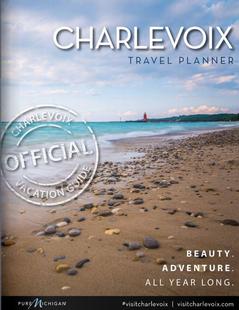Contact Info
c/o ShiawasseeNorthwestR
6975 Mower Road
Saginaw, MI 48601
- Phone:
- 989-777-5930
Description
On December 21, 2001, President Bush signed legislation establishing the first International Wildlife Refuge in North America. The refuge, which includes islands, coastal wetlands, marshes, shoals, and riverfront lands along 18 miles of the Lower Detroit River, will protect and restore habitat for 29 species of waterfowl, 65 kinds of fish, and 300 species of migratory birds along the river in Michigan and Canada. Business interests are playing a key role in supporting the creation of the International Wildlife Refuge. The Service owns four islands within the refuge. Grassy and Mammajuda islands and the adjacent shallow water area offshore from Wyandotte, MI, were transferred from the former Wyandotte National Wildlife Refuge. In July 2001, National Steel donated Mud Island, and in September 2002, The Nature Conservancy donated Calf Island. The refuge is situated in what was once one of the most significant migratory staging areas for diving ducks in the United States. Extensive beds of aquatic vegetation, particularly wild celery, attracted large concentrations of divers, primarily canvasback and scaup.In the past 100 years, discharges from the steel and chemical industry and municipal sewage effluent, along with the effects of large, deep-draft vessels, have degraded the lower Detroit River ecosystem, resulting in a substantial decline of these preferred foods. Grassy Island was used as a confined disposal facility for contaminated dredge spoil in the 1960s and 1970s. Due to this activity, Grassy is now primarily colonized by phragmites (common reed), and resident wildlife is scarce. Mammajuda Island no longer has significant land above the waterline. Only a remnant of the once vast rafts of migratory waterfowl are now seen. The refuge is managed by staff at Shiawassee National Wildlife Refuge, in Saginaw, MI.















